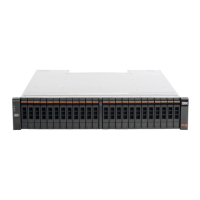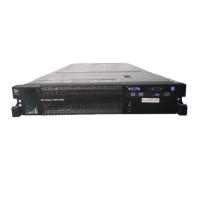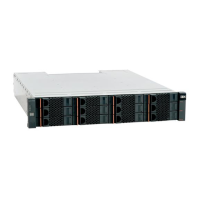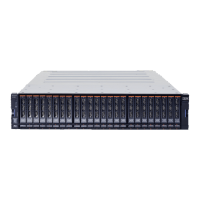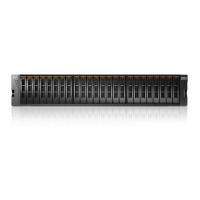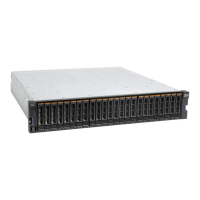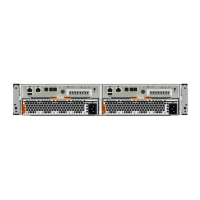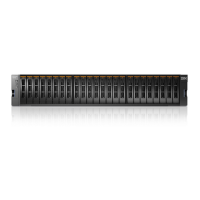If none of the previous steps have resolved the problem and the network
connectivity and system reports nothing wrong, there might be an issue with the
port configuration of your network that is not detected in any of the previous
steps. The internal management services use both port 443 and port 1081. Port 443
is redirected to port 1081 that the management service listens.
1. Check to see if you can access the GUI on the default https port (no port
included in the URL). If all is good with firewall and management IP, the GUI
will listen on https://<Management IP>/ and provide a login prompt.
2. Check network port settings and firewall settings. If the previous step fails,
investigate the following issues:
v The firewall is open between the administrative browser and the Primary
Node Service IP but not between the administrative browser and the
management IP. The firewall settings must have rules that allow port 1081
but not 443 between the administrative browser and the management IP.
v The management IP is up but the port redirection on the switch/router is not
working as expected. Check the network settings.
Health status and recovery
Use this information to review the outstanding issues that cause the Health Status
indicator at the bottom of all management GUI panels to be red (critical errors) or
yellow (warnings or degradations).
Before you begin
Use this procedure after you resolve the events from the Monitoring > Events
page to resolve the overall system health status indicators. You can also mark
events as read from the events page to display the updated heath status in the
health status indicator that is placed at the bottom of all panels.
About this task
Within the Storwize V7000 Unified system, the system Health Status is based on a
set of predefined software and hardware health status sensors. The status of each
component is displayed against the corresponding logical host name in the System
and System Details pages.
For storage problems, resolve events and health status by running the
recommended repair action or actions from the Block tab of Monitoring > Events.
For file module problems, the software and hardware sensors are different. Some
of the sensors are automatic and actively reflect the current status of the system;
whereas, some of the sensors, such as the hardware sensors, require a reset after
the service actions are completed.
Note: For the file modules, the System Details page and sensors are separate from
the events. Events that are displayed in the log might be reflected within a
corresponding sensor with the System Details > Status indicator for the failing
host name. However, be aware that resolving events and resetting the
corresponding sensor changes the health status of the system but does not clear the
corresponding event from the event log.
62 Storwize V7000 Unified: Problem Determination Guide 2073-720
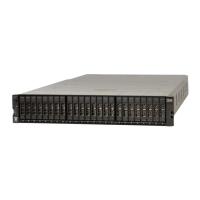
